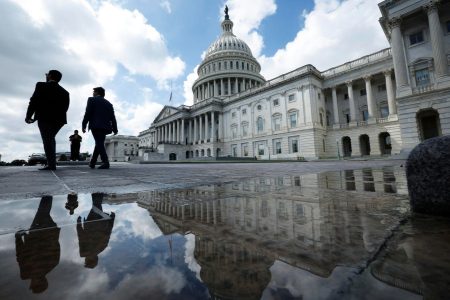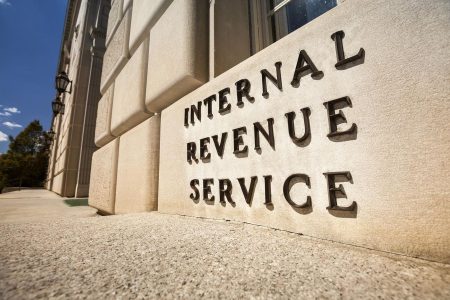Almost from its inception, the IRS and employers have experienced headaches from the employee retention credit (ERC). Much of the frustration now stems from the agency’s long processing times. According to the government, it needs more time to review and weed out dubious ERC claims from legitimate claims. But this explanation is of no help to employers with valid claims who contend the agency should act more quickly.
As these frustrations grow, the IRS finds itself mired in more litigation involving the ERC. On December 1, 2023, a California employer filed a lawsuit against the agency alleging that its ERC guidance violated the Administrative Procedure Act. Shortly thereafter, on January 12, 2024, a Texas employer filed a lawsuit contending that the IRS had failed to issue an ERC refund even though the company had waited roughly two years.
In a more recent lawsuit, an Arizona company has taken aim at the IRS’ decision to impose a moratorium on processing ERC claims that were submitted on or after September 14, 2023. See Stenson Tamaddon, LLC v. IRS, No. 2:24-cv-01123 (D. Ariz.). After filing a complaint for declaratory and injunctive relief on May 14, 2024, the company filed a motion for a preliminary injunction on May 30, 2024, asking the court to stop the moratorium. The government filed its response on June 14, 2024.
In its response, the government raises numerous procedural arguments, including that the company lacks standing to bring its claims and that the government has not waived its sovereign immunity. Notably, the government also contends that the moratorium has not harmed employers—they remain free to file refund suits in federal court, provided the statutory six-month waiting period has passed, and will receive interest on their claims if they are meritorious.
Although the dispute between the parties in Stenson Tamaddon LLC is interesting, perhaps more interesting are certain statements made by IRS Deputy Commissioner Douglas O’Donnell (Deputy O’Donnell) in an attached declaration supporting the government’s response. In that declaration, Deputy O’Donnell highlights the various headwinds the IRS has experienced in attempting to process pending ERC claims. He also provides some insights into what the agency intends to do to try to clear the backlog.
Regarding causes for the delays, Deputy O’Donnell cites two dominant factors: the IRS’ archaic system for processing ERC claims and the sheer number of ERC claims the agency received. He notes that because ERC claims were generally filed via amended paper returns, the agency must scan each return into an “aged Correspondence Image Inventory (CII) system,” which cannot independently analyze them. Rather, that analysis must come from an individual IRS employee who “manually review[s] each amended return to determine whether it includes an ERC claim, and [who] must mark it with special coding to indicate that it is an ERC claim.”
According to Deputy O’Donnell’s declaration, the large number of ERC claims the IRS received has not helped. The declaration states that the agency had over 60,000 open ERC claims on December 31, 2022. But by December 31, 2023, that number had ballooned to more than 1.1 million. As of May 18, 2024, the agency had roughly 1.4 million pending ERC claims—and of this 1.4 million, 880,000 were filed before the moratorium on September 14, 2023.
Moreover, Deputy O’Donnell hints in his declaration that the agency has no intention of currently lifting the moratorium. Instead, the IRS will continue to review ERC claims made before the moratorium on a first-in, first-out basis:
Knowing the significant risk of the paper claims in inventory, we will process claims that have the highest risk of ineligibility, looking on a first-in first-out basis starting with claims filed before the moratorium, by issuing notices of claim disallowance. We also will process claims that have the lowest risk of ineligibility, also looking on a first-in first-out basis starting with claims filed before the moratorium, by providing either a full allowance or a partial disallowance of the claim. The processing of those claims will occur over the summer. We expect the pace to go slowly and judiciously as we continue to refine our analytical tools.
Thus, employers with pending ERC claims should expect continued delays in processing times. Based on the government’s response in Stenson Tamaddon LLC, the IRS appears ready to bank on employers remaining patient while it carefully reviews the mountain of pending claims. What remains to be seen, however, is how much patience these employers have left. Indeed, the IRS open admitted in Stenson Tamaddon LLC that employers are not without options in that they may file refund suits to potentially speed up their claims. If this happens to any substantial degree, the IRS may complain of another self-inflicted problem: the mountain of docketed ERC cases that are pending in federal district court.
Read the full article here










